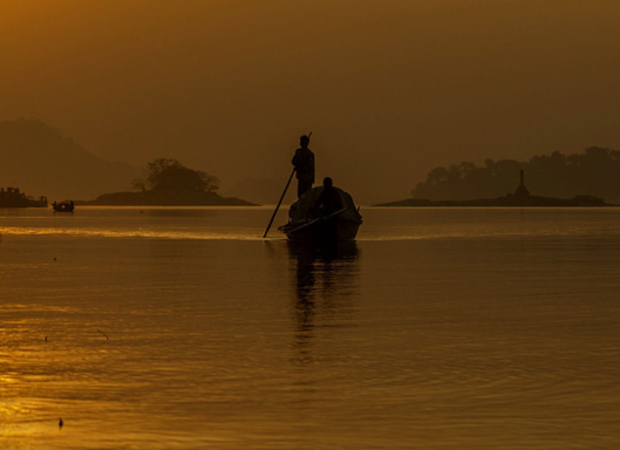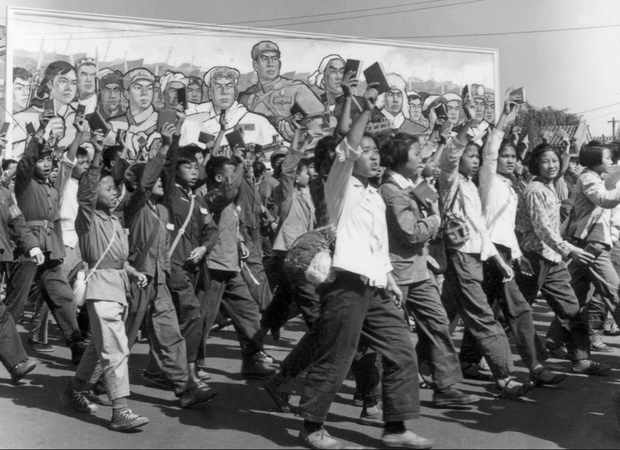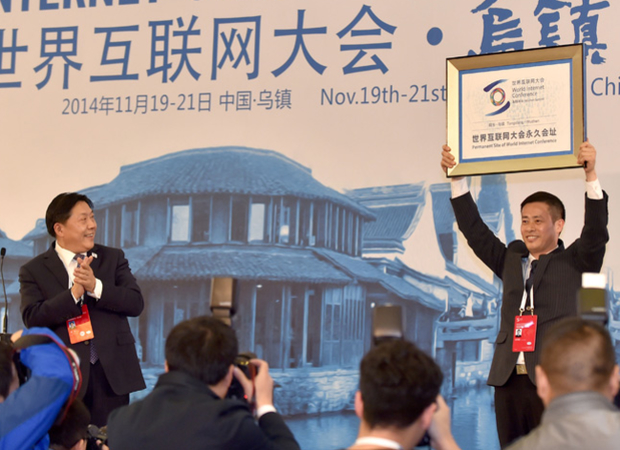From their website:
The print edition of Confidential magazine circulates in Nicaragua since July 1996 as a means of information and analysis among a select group of thousand subscribers characterized as decision makers in government, diplomatic, private sector and civil society.
Confidential has a circulation of 1,000 copies weekly and 600 subscribers, including major decision-makers in the country: businessmen and executives, professionals, government leaders and political leaders, diplomats and representatives of international organizations, intellectuals, journalists, NGO leaders, leaders of opinion. Sunday is distributed in residential homes and offices Monday.
Confidential Digital ( www.confidencial.com.ni ) was relaunched to the public on March 1, 2010, as an interactive digital newspaper. It has a monthly traffic of 250,000 visitors and a cumulative total of 5,000,000 unique visitors, Google Analytics certified.
According to the national survey conducted by the firm Media Guru (February 2015) Confidential ranks No. 3 in the ranking of digital media in Nicaragua
54% of our audience comes from Nicaragua, up 14% from the US, and the remaining 32% comes from twenty countries: Mexico 4% Spain 3%, Costa Rica 3% Venezuela 3%, Guatemala 2%, Chile 2 %, among others.










